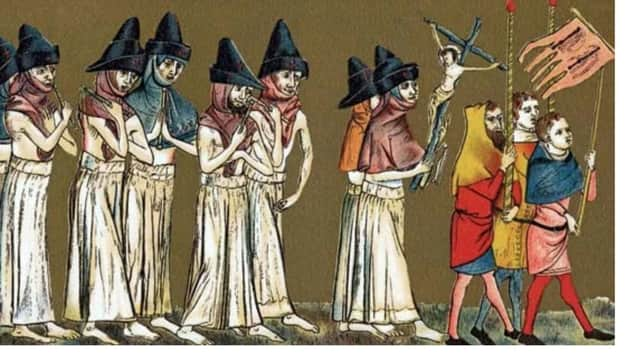When science meets history, the results are thrilling


The discovery of the source of the Black Death in Europe some 700 years ago, which went on to kill tens of millions of people over several waves, shows once again the remarkable knowledge that can be extracted when history and science meet.
Research by historian Dr Philip Slavin, of Stirling University, has helped to trace the source of the outbreak to modern-day Kyrgyzstan, after he found a huge surge in deaths in the late 1330s at two graveyards near Lake Issyk-Kul.
Advertisement
Hide AdAdvertisement
Hide AdCareful analysis of excavation diaries at the graveyard started the story with ancient DNA experts from Germany then taking genetic material from the teeth of seven people buried there, with a bacterium genome found to be direct ancestor of the strain that caused the Black Death in Europe eight years later.
From Stirling, the answer to a long unsolved puzzle of a great world tragedy has been found.
From life stories locked up in a tooth or even a single hair, history as we know it can be updated and rewritten.
Recently, DNA analysis found two men laid to rest in a cave in Oban were immigrants from the Continent who settled in Scotland around 6,000 years ago.
Meanwhile , following tests on his tooth, a man buried in a Pictish-era grave in Perthshire was found to come from the west, illuminating the journeys taken, and connections made, during the era.
Science is helping us tell the stories of ourselves – and the results are thrilling.